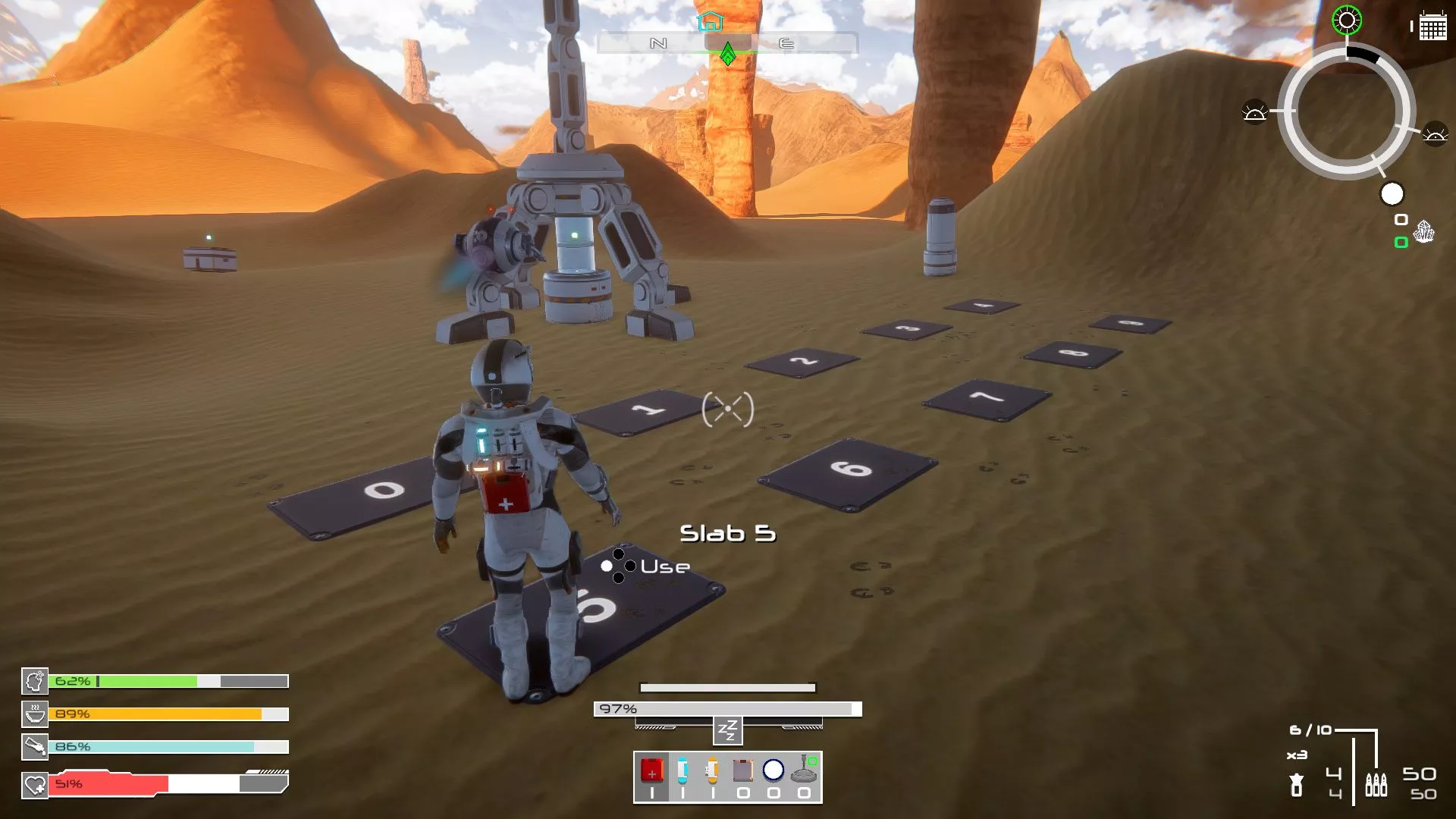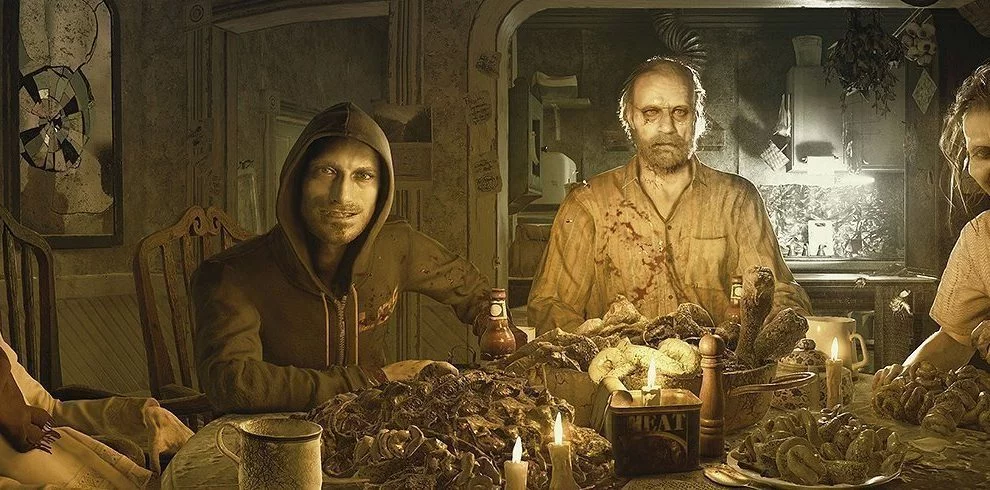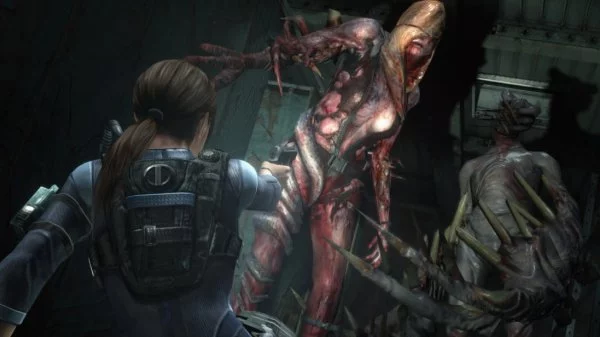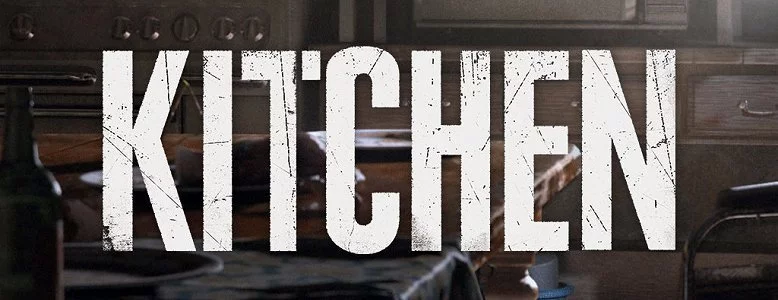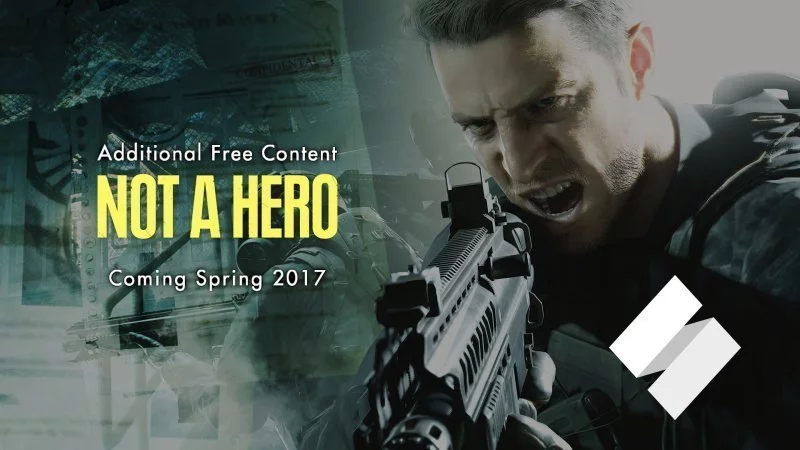There’s no denying Resident Evil has made a great impact upon the gaming landscape. In a special series of articles that started alongside the franchise’s 20th anniversary, Stevivor continues to honour the iconic series by recounting its dark roots all the way through to what lies ahead.
- Part one: The original Resident Evil
- Part two: Both Resident Evil 1.5s, bookends to Resident Evil 2
- Part three: The great PlayStation drought
- Part four: The (Capcom) five Resident Evil 4s
- Part five: Action horror and its extremes
- Part six: Those Resident Evil live-action movies…
- Part seven: Borrowing from the past
Revelations to the rescue
A commercial success, Resident Evil 6 almost ruined the franchise. The title’s size and spectacle divided fans; most yearned for a simpler time where limited ammo, a creepy atmosphere and reduced pacing reigned. Resident Evil: Revelations proved to be just that.
Released in 2012 — the same year as RE6 — the two titles couldn’t be further apart. A Nintendo 3DS exclusive (at the time), Revelations blended the old-school tension and pacing of the original PlayStation-era Resident Evil titles with shooting mechanics similar to Resident Evil 5. The big difference between RE5 and Revelations is that protagonists Jill Valentine and Chris Redfield can move while shooting… though unlike a similar implementation seen inside RE6, Revelations‘ works.
The reason why boils down to pure design. The Revelations team created erratically moving enemies that balanced out the ability to shoot whilst running. The game’s setting, a ridiculously ornate cruise ship, provided claustrophobic corridors filled with menacing creatures that lurked around every corner. While its story might have been all over the shop (and rather meaningless in the grand scheme of things despite an entire island nation being decimated), critics praised Revelation‘s direction. Mild success on Nintendo’s handheld were bolstered by releases on Xbox 360, PS3 and PC, followed later by re-releases on Xbox One and PS4.
The Revelations team used Tokyo Game Show 2014 to announce Revelations 2, affirming at the same time the offshoot series would lean towards the franchise’s survival horror roots. Like its predecessor, Revelations 2 filled in story gaps between main titles, this time focusing on Claire Redfield and Barry Burton’s daughter, Moira. Released as an episodic title starting in February 2015, Revelations 2 was praised for its successful melding of survival horror and action.
Heading to the kitchen
When discussing the Revelations franchise at Tokyo Game Show 2014, Capcom said that core Resident Evil games would remain action-oriented. Thankfully, that wouldn’t prove to be the case.
Led by Koshi Nakanishi, the director of Resident Evil: Revelations, Resident Evil 7 began development as an action-oriented title. Soon after commencement, it was quickly redesigned and shifted into a first-person, atmospheric perspective in an effort to return to the franchise’s roots. A little while later, it was decided RE7 should also be developed in virtual reality, using specially-designed VR tools that were part of Capcom’s new RE Engine.
A year before Resident Evil 7 was announced, Capcom showed off a virtual reality demo simply titled Kitchen. Dark, atmospheric and utterly terrifying, fans now know that Kitchen was indeed a tease for what was to come. Set in the kitchen of the Bakers’ Louisiana-based household, fans got their first glimpse of a woman named Mia… and failed to notice the stylised “7” that substituted the “t” in Kitchen‘s logo.
Resident Evil 7 boasts a lot of firsts — apart from being a first-person VR title, it offered a protagonist that wasn’t in any way connected to Umbrella, S.T.A.R.S. or the BSAA (at least, until its ending). It was also the first Resident Evil game to be written by a westerner, F.E.A.R. and Spec Ops: The Line‘s Richard Pearsey.
Said protagonist is Ethan Winters, an everyday man looking for his missing wife, Kitchen‘s Mia. He quickly finds himself lost in a derelict family mansion, relying on his wits and found footage that helps to explain what’s happened prior to his arrival. Resident Evil 7‘s plot was praised for its tension, but also because it paralleled events in both Resident Evil and its inspiration, Sweet Home.
For those wishing for a little more action, Resident Evil 7‘s DLC scratched that itch. First, Not a Hero placed players in the shoes of longtime protagonist Chris Redfield and involved a gameplay sequence that relied far more on shooting than stealth. End of Zoe tied up a loose plotline from the base game and revolved around fist-fighting Joe, an uncle of the Baker family.
While it’s likely we’ll see a return to another everyman in a future Resident Evil release (Resident Evil 8, perhaps?), the next Resident Evil game to be released is a remake that’ll take us back to Raccoon City. But that’s a story for another time.
This article may contain affiliate links, meaning we could earn a small commission if you click-through and make a purchase. Stevivor is an independent outlet and our journalism is in no way influenced by any advertiser or commercial initiative.





